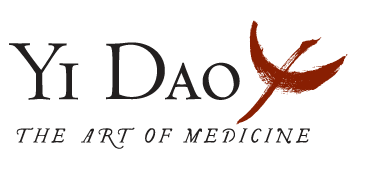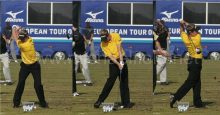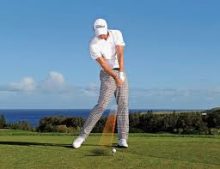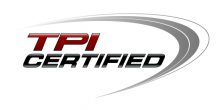About the author: Zarig Cooper is a director at the Yi Dao Clinic in West Hampstead and is a TPI certified medical professional (Titleist Performance Institute) and a single figure golfer. He works as a Tui Na physical therapy specialist alongside physiotherapists and osteopaths.
You cannot play consistent and good golf if your body is hindering you. The first thing to recognise is the fact that the most important piece of golf equipment you own is your body!
The golf swing ideally is an effortless, powerful, smooth and of course pain-free repetitive motion. However as most players (both amateur and professional) realise to different degrees, the golf swing can sometimes become stiff and hard work and can involve some degree of discomfort or pain.
It becomes hard work to swing a golf club either because playing golf itself has caused you an injury, or because your body is not in as great a condition as it could be and so you may have various movement restrictions, or lack of strength in key areas.

If you are in pain when you play or after you play golf but are not sure why something hurts, or don’t know how to improve your flexibility or even what the best way to warm up your body before a round is then a visit to a golf-specific therapist will greatly benefit you.
Lets go over a few of those most commonly affected areas of the body:
Lower back:
A very common injury site for golfers (especially the right side). An efficient golf swing requires flexible hips, strong core muscles and a flexible thoracic spine, but you DON’T need an overly flexible lower back because the lower back is not meant to be overly flexible – the lower back is part of your core strength and it needs to be strong and stable.
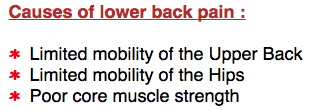
What to do about lower back pain:
If you are over-using or putting your lower back in a bad position in the golf swing it is only a matter of WHEN (not IF) you get lower back pain. You need to be professionally examined and assessed and your lower back needs to be treated. You also should get your swing assessed for any faults that can easily lead to lower back pain.


Hips:
The absolute powerhouse of the golf swing. The hips HAVE to be able to move freely and easily if you want to swing with effortless power (ie swinging WITHOUT having to rely on the power in your arms).
Also very important in the treatment and prevention of lower back pain. If you have lower back pain, the problem may actually be in those inflexible hips!
What to do with the hips:
The hips is one area that ALL golfers would benefit from getting some deep and focused soft tissue release work, even if you have been diagnosed with osteo-arthritis. There is much that can be done to help free up hips that haven’t been used properly for a while. The secret is focused body-work and simple rehab exercises.
Shoulders:
The shoulders should be a very flexible joint, in fact sometimes they can become too flexible in order to make up for lack of flexibility elsewhere (hips, upper back). Or they may not be flexible enough leading to several swing faults:
- Steep swing plane
- Consistently fat divots
- Reverse spine angle
How to evaluate the function of your shoulders:
A TPI professional will be able screen and assess the condition of your shoulders and show you if they are restricted and how they should move.
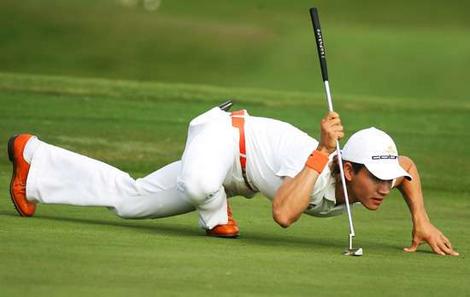
Elbows and Wrists:
There are several injuries that can occur to these important joints including the most obvious – golfers elbow! This is usually a tendonitis condition which can be treated successfully, however it would be wise to examine your golf swing to find out why you developed it.
Injuries to the wrists and elbows can occur because of several common swing faults:
- Improper wrist positioning at impact (left wrist cupping or right wrist bowing)
- Chicken winging/over the top
- Too tight a grip
- Holding the club in the palms not the fingers
What to do about an elbow or wrist problem:
Again, a therapist with an understanding of the golf swing and how it impacts on your body (with all your particular movement restrictions and problems) can help you to recover, heal from injury and perform better on the golf course.
